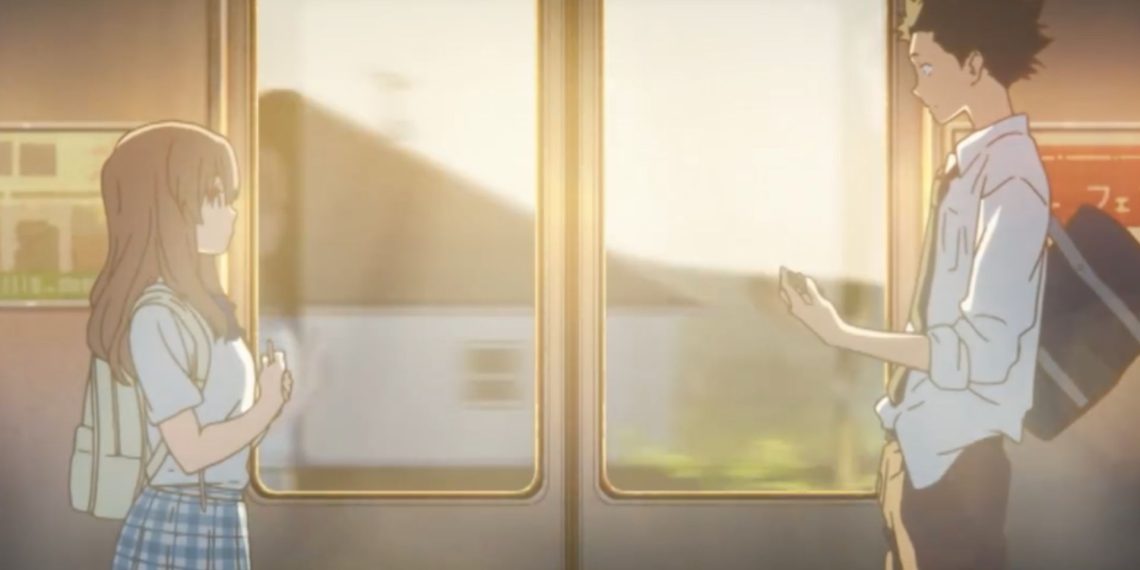The critically acclaimed film *A Silent Voice* is one of the most popular anime movies of the past decade. It tells a redemption story centered around Shoko Nishimiya, a girl with a hearing impairment, and Shoya Ishida, her former childhood bully.
The film won several awards, including the Japanese Movie Critics’ Best Animated Feature Film of 2016. However, the manga by Yoshitoki Oima, which the movie is based on, did not receive the same level of widespread attention, even though it is arguably the best way to experience this touching story.
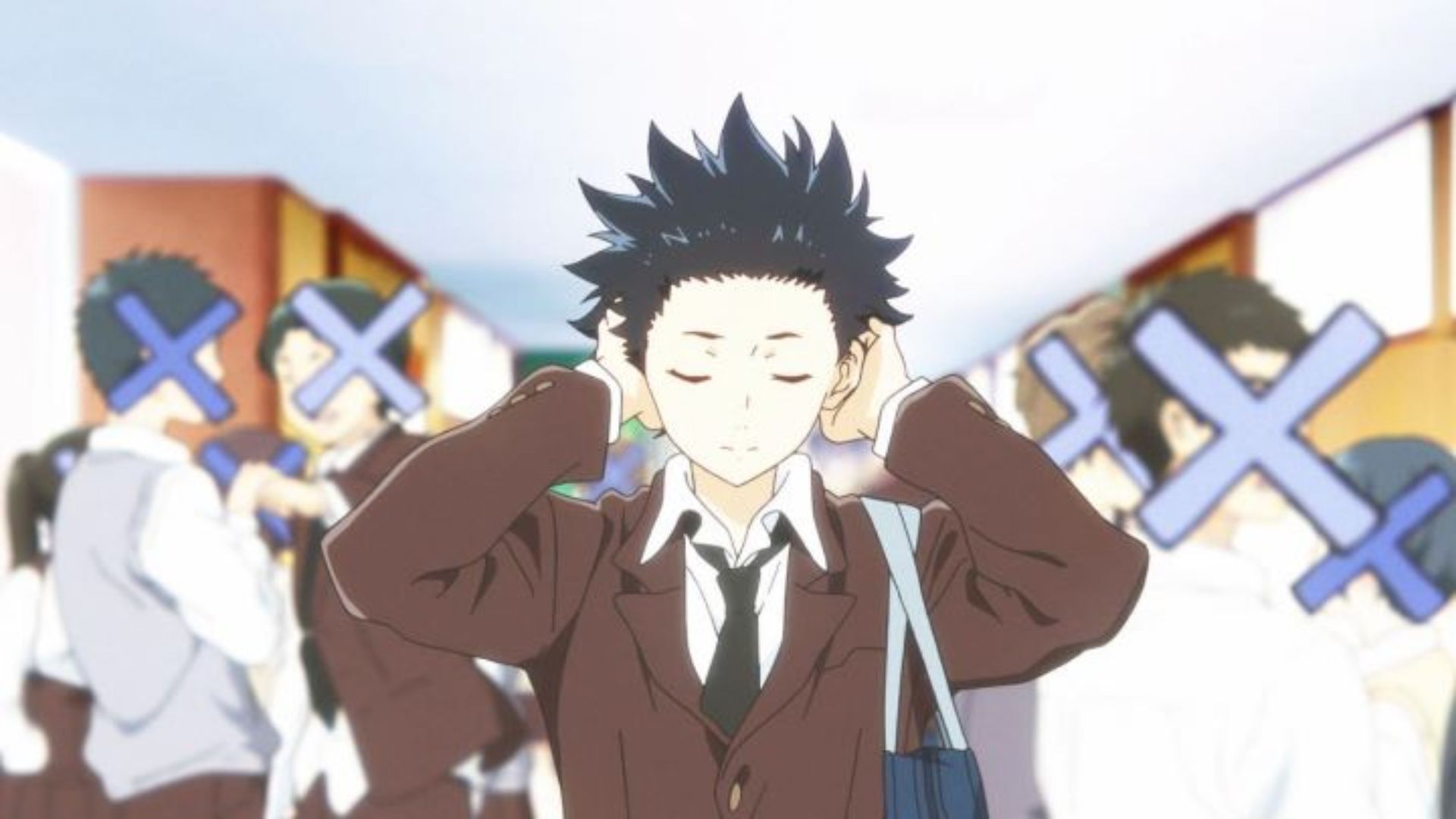
As with many film adaptations of long-running series, a lot was lost in translating *A Silent Voice* from manga to the big screen. The manga spans seven volumes, allowing readers to spend many hours with characters like Shoya and Shoko, getting to know their subtle mannerisms and traits that play key roles in the story’s progression.
While the 2016 film does a good job of capturing the essence of the manga, it doesn’t fully convey everything that made the original so special.
Manga’s In-Depth Childhood Exploration vs. Film’s Brief Depiction”
The first volume of *A Silent Voice* covers the childhood classroom experiences of Shoya and Shoko in nearly 200 pages. In contrast, the film only dedicates about 15 minutes of its 2-hour runtime to this part of the story, using several montages to quickly move through events.
The manga, with more room to explore their childhood, offers a deeper look into Shoya and Shoko’s characters. One of the film’s early montages, which shows Shoya and his friends engaging in innocent childhood activities, actually provides insight into his behavior toward Shoko in the manga.
Shoya’s narration in his early childhood shows him struggling with the realization that life is more than just fun and games. He and his friends seek thrills and take part in daring activities, but over time, Shoya notices that his friends are starting to outgrow these childish games.
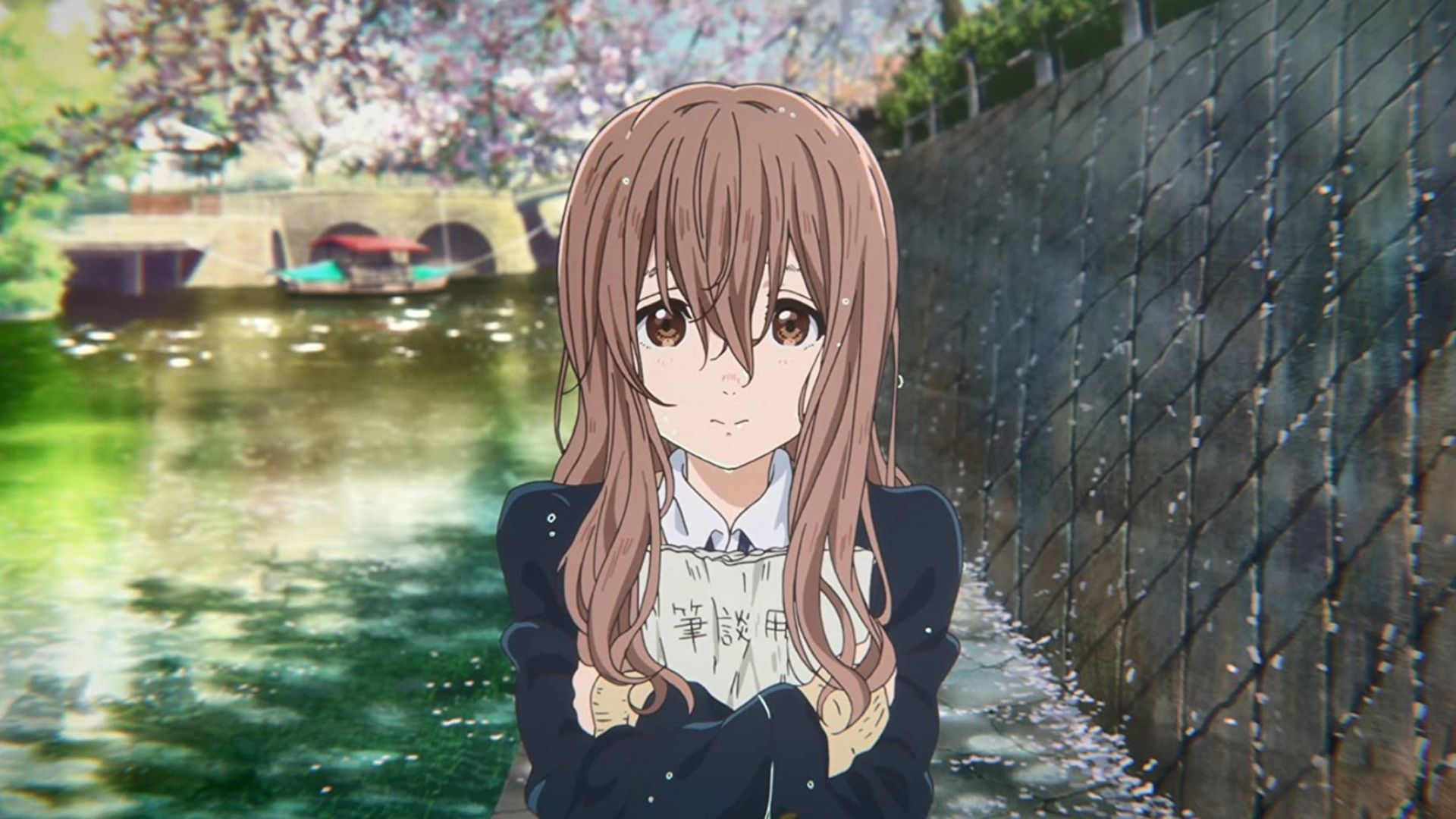
Feeling insecure, Shoya begins bullying Shoko as a way to hold onto the belief that life is just about avoiding boredom, hoping his friends will join in, which they eventually do.
In the manga, Shoko’s childhood is explored in more detail than in the film. It shows that Shoko faced similar bullying at her previous schools, leading her to transfer several times. Her mother, who seems stoic and unyielding in the film, becomes angry when Shoko refuses to get a haircut styled like a male model from a magazine.
Her overprotective nature is apparent, as she believes the haircut will toughen Shoko up.
The manga also portrays the treatment of Shoko in a harsher light compared to the film. Even the teacher, who might be expected to reprimand the children, instead sympathizes with them without addressing why their behavior is wrong. Shoko’s departure from her school is depicted as sudden and sad, with no formal goodbye.
A Silent Voice: Manga’s Intimate First-Person Narration vs. Film’s Third-Person Perspective
Unlike the 2016 film, which mainly shows Shoya from a third-person view, the manga of *A Silent Voice* includes first-person narration from several characters. This gives readers a deeper and more personal look into how each character feels and reacts to events.
Shoya is often seen overthinking what others say and do, letting his depression and guilt affect his every thought and action. This constant anxiety harms him and those around him and prevents him from truly understanding Shoko.
The manga also provides more depth to Shoko’s character than the film does. In the movie, Shoko, a high school senior with a hearing impairment, mostly serves as an object of observation for Shoya. The manga, however, includes Shoko’s own perspective, highlighting her frustrations and challenges due to her impairment.
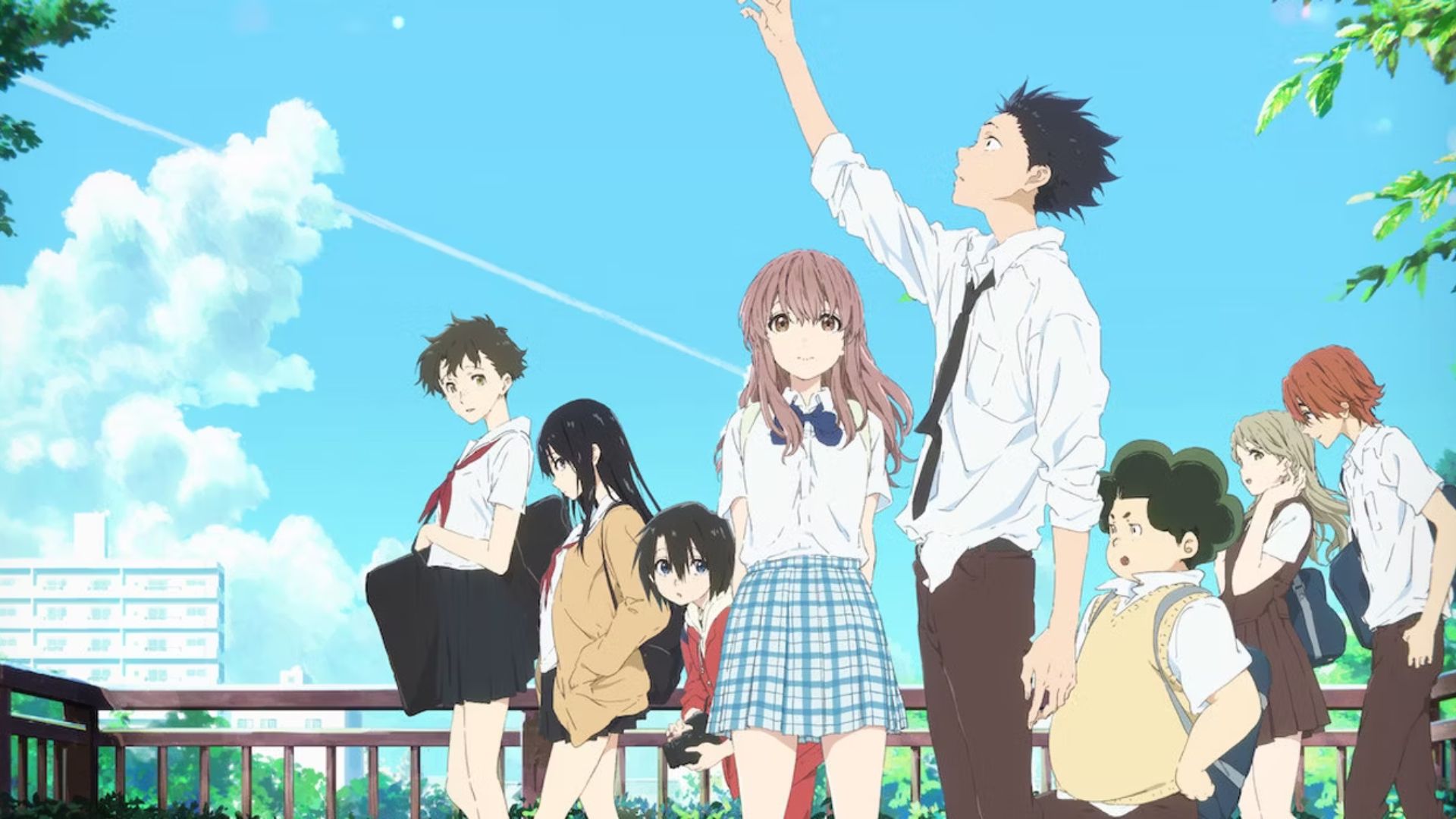
A particularly emotional chapter towards the end of the manga shows Shoko imagining how her life might have been different if she had reacted differently to the bullying or if she had never had her impairment. The manga also gives detailed backstories to side characters like Yuzuru, Nagatsuka, Naoko, Miki, Miyoko, and Satoshi.
The most significant backstory involves Shoko’s mother, which is not covered in the film. The manga reveals that Shoko’s father divorced her mother upon discovering that she was deaf.
Manga’s Key Subplot and Future Insights Omitted from Film Adaptation
The biggest omission in the film version of *A Silent Voice* is the subplot where the main group of friends makes a movie. In the manga, this movie project is crucial for bringing the group back together, rather than the film’s ending where they grow closer after Shoya’s hospital stay.
Although their film is poorly received at a contest, Shoya, Shoko, and their friends bond over their shared experience and skills.
While the film’s ending is a touching moment where Shoya learns to forgive himself and others, the manga provides a clearer view of the future after the school festival. Shoko plans to go to Tokyo to study hairdressing with a hearing-impaired teacher, while Shoya wants to stay in their town and study hairdressing to eventually take over his mother’s salon.
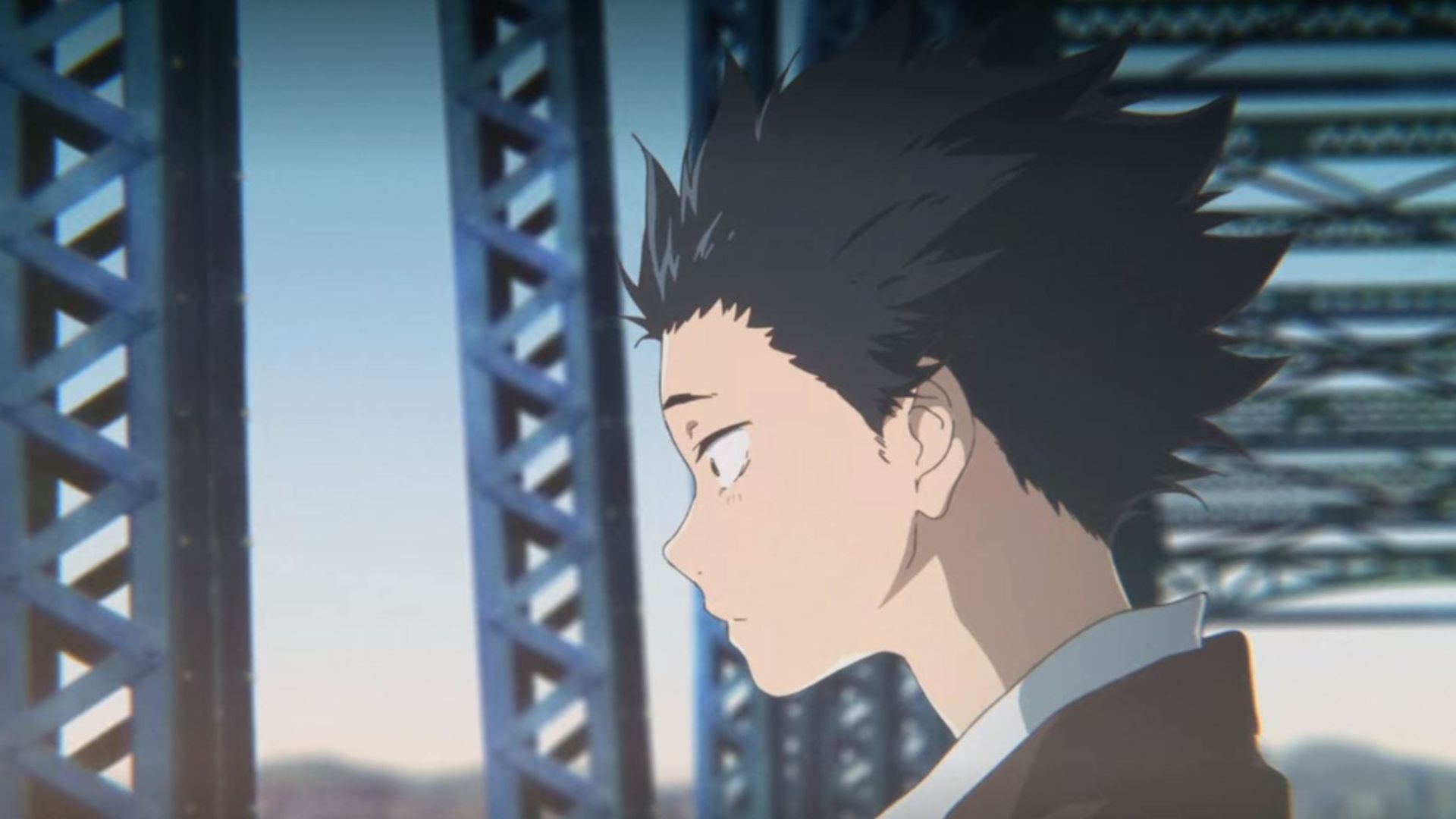
It is left up to the reader to decide whether Shoya followed Shoko to Tokyo or stayed behind.
In the final chapter, there is a time skip to the future where the main characters reunite for a “Coming of Age” ceremony in their hometown. Shoya and Shoko, standing outside the venue, both admit they feel nervous about going inside. Eventually, Shoya takes Shoko’s hand, and they enter their future together.
The 2016 film adaptation of *A Silent Voice* is well-made, featuring high-quality visuals from Kyoto Animation and an excellent soundtrack. However, for a complete experience of Shoya Ishida and Shoko Nishimiya’s story, the manga is the best choice. With just 7 volumes, it is a concise yet thorough way to enjoy the original story.


